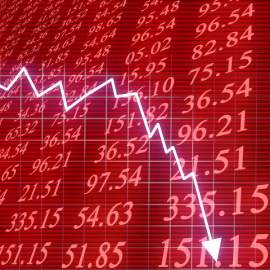
How to use a Derivative Calculator

What is a Derivative?
• A derivative is a financial product whose value is directly dependent on its underlying variables. The most common forms of derivatives are options, swaps and futures; however, other tradeable assets such as commodities or stocks can possess underlying derivatives.
• In essence, a derivative is a contract whose payoff is dependent on the behavior of the underlying asset or good. Derivatives are broadly categorized by their relationship between the underlying security or good, the type of derivative attached (meaning forward, swap, option etc.), their pay-off profile and the market in which they trade.
• Derivatives may be used for betting purposes or to hedge an already positioned investment. For example, an investor who sells naked calls on a stock will expect the stock price to plummet; however, while doing so, he will also expose himself to unlimited risk. A common maneuver would be to buy currency forwards to limit losses due to fluctuations in the exchange rate, thus mitigating the risk exposure to the naked call.
Why are Derivatives Used?
• Derivatives are commonly used by investors for the following reasons:o A derivative will provide leverage, so that a small movement in the underlying asset can create a large difference in the value of the attached derivative. o A derivative can be used for speculation purposes; an investor can make a profit by using a derivative if he or she accurately predicts the price movement of a stock or asseto Derivatives are commonly used for hedging purposes; as a hedge, the derivative will mitigate the risk associated with the underlying variable.o A derivative can help an investor obtain exposure to the attached product when it is otherwise not possible to trade
What is a Derivative Calculator?
• Because derivatives are mathematically-based and exceedingly complicated it is useful to incorporate a derivative calculator into your investment strategy. A derivative calculator will graph the derivative(meaning the slop of the function at all points) of your underlying investment and plot the expected course of action.



















